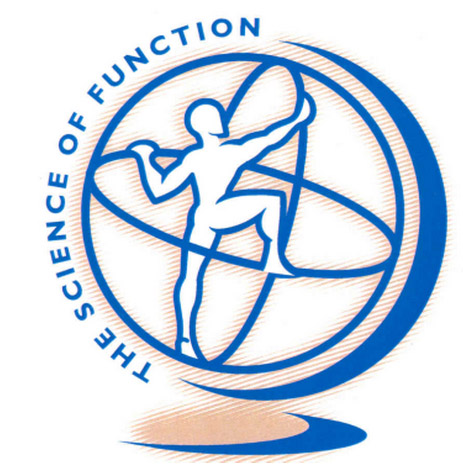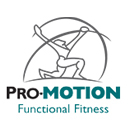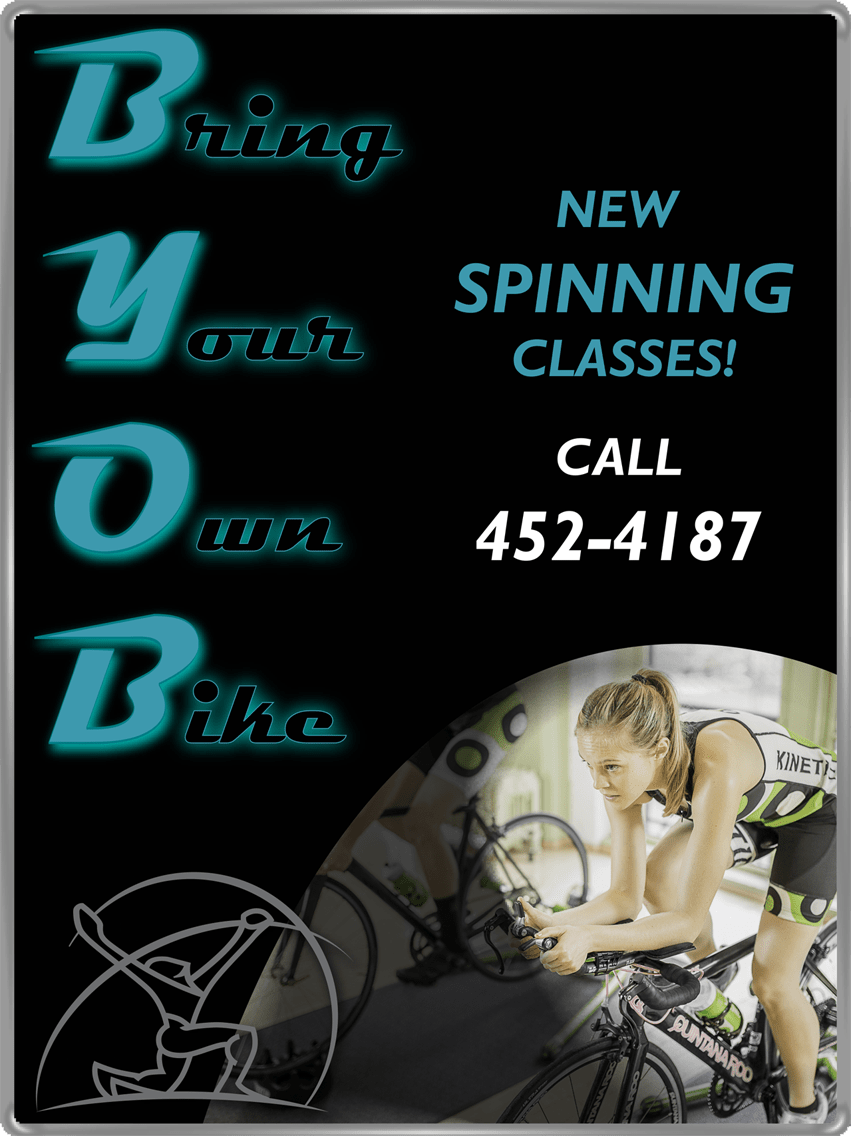THE SCIENCE OF FUNCTION

The practice of systems thinking starts with an understanding of the concept of feedback that shows how actions can reinforce or counteract each other. Events which seem remote in time and space can often be interconnected. Systems thinking forms a rich language for describing a vast array of interrelationships and patterns of change. Ultimately, it simplifies life by helping us to see the deeper patterns lying behind the events and the details. The structure and configuration of things should be considered as a whole rather than the sum of its parts. In a highly complex system like the human body, all the parts have a cause and effect on the other parts in an intimate and intricate way. Dynamical Systems theory provides a relevant model of understanding movement coordination and motor control . This approach views the human as a complex system composed of many independent but interacting subsystems. The word complex means interwoven. Current research now shows that movement develops through the dynamic cooperation and interaction of many complex, multidimensional subsystems. This cooperation takes place in a context that is task-specific. Dynamical systems theory holds that these independent elements of the body—the bones, joints, muscles, nerves, blood, hormones, etc., —all cooperate to produce functional movement, and no single subsystem has the job of organizing the behavior of all of the others. In sports science and and human development, DST provides a viable framework for modeling and managing human movement and performance within a highly intricate network of interrelated systems.
A compelling challenge facing biomechanists and scientists interested in human movement and skill acquisition is that of identifying optimal techniques for the performance of a wide range of motor activities.
With an improvement in understanding how we learn to move and acquire the skill to move, their work with movement scientists could lead to improvements in sport performance while preventing the occurrence of injuries through abnormal and dysfunctional movement patterns. In complex neurobiological systems such as the human body, spontaneous patterns of motion occur and develop through a process of trial and error. Multiple systems respond to environmental feedback and work together to create coordinated movement patterns in support of specific tasks or actions. The human body has the capacity to respond and move in an infinite number of ways. In many cases it can do this spontaneously and unconsciously. The formation of movement patterns occurs through the combination of the Dynamical Systems Theory of self organization (the body links itself up to move ) and the constraints imposed on it by it’s own structure, by the task or challenge, and by the environment the activity or challenge takes place in. From a dynamical systems point of view, movement coordination is a property that emerges in response to the constraints imposed on it.
People are complex, complicated, constrained and connected. They are also driven, demanding and dynamic.
People live and learn by what they do….and the action they take. Form follows function. People are dynamic…
There is follow and there is lead. There is uncertainty, risk and danger. Life is about change and adaptation. Change is about vision. It is about aspiration, hope and courage. What happens in real time…
You are a person not a medical diagnosis or condition. In response, we don’t treat your diagnosis, but work to transform your …
We inspire, enable, empower…We seek to alter function in real time to transform living over a lifetime.
These are critical understandings that created the framework or our…
That uniqueness, adaptability, and order is animated and expressed in the way you move. Movement is biomechanics and biomechanics is the study of movement. When the body is challenged by a task there is a movement answer. When constrained by a task, there is movement adaptation. When adaptation is facilitated through skill acquisition there is growth and transformation.
Our approach is premised on evaluating the way “you” do things and asking the question…”Why do you do what you did the way you did it?” It is about formulating the answer through asking the question. It is about searching for the reasons and then tuning the performance through removing what hinders it.”







